Koi Betta Fish: The Ultimate Care Guide
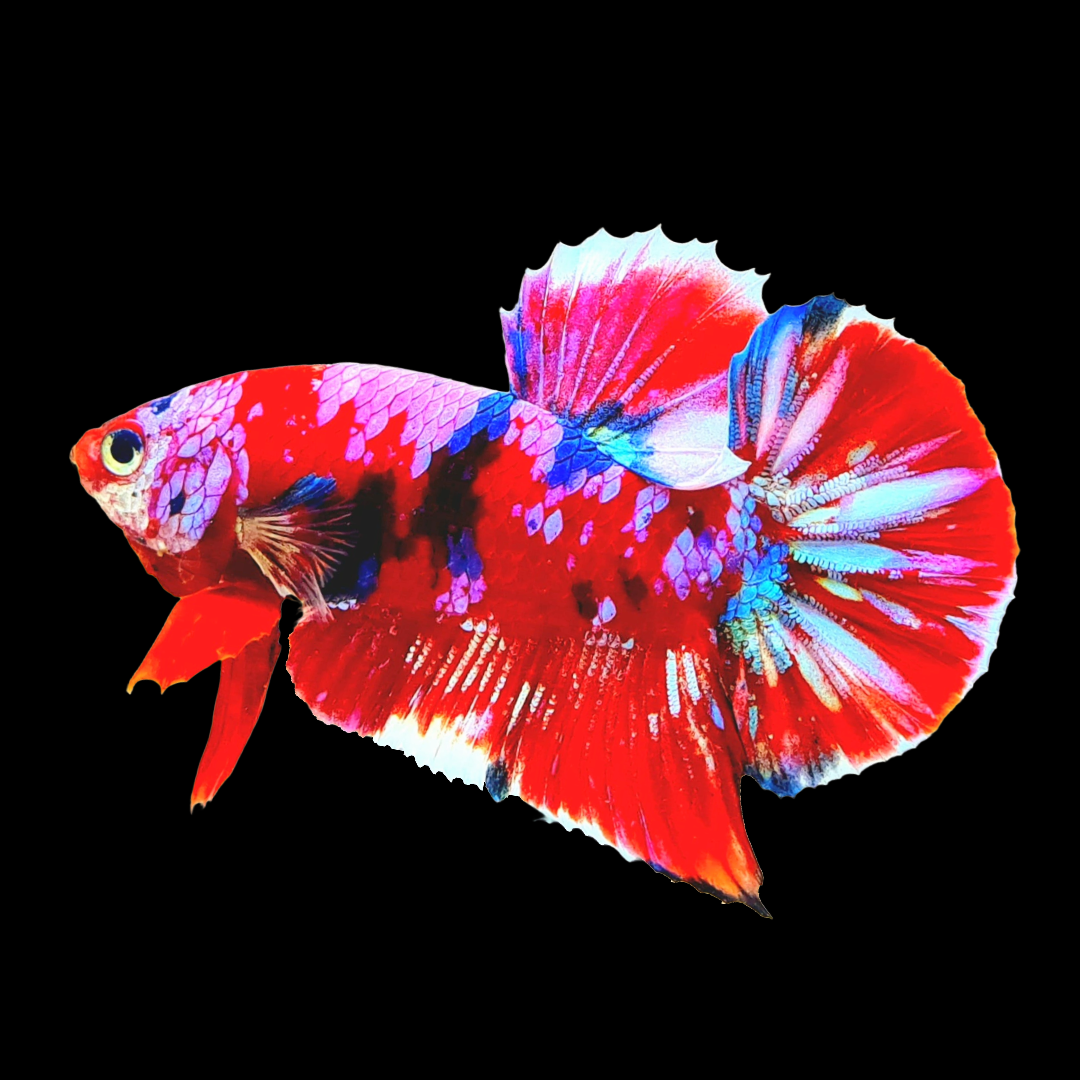
Contents
- 1- What is Koi Betta Fish?
- 2- Original Habitat of Koi Betta fish
- 3- The History of Koi Betta Fish
- 4- The Difference Between Koi Betta Fish & Marble Betta
- 5- Koi Betta Fish appearance
- 6- Ultimate care guide for Koi Bettas
- 7- Common Diseases in Koi Betta Fish
- 8- Breeding Koi Betta Fish
- 9- Where can you buy Koi Betta Fish?
- 10- FAQ
Undeniably, Koi betta fish are among the most beautiful ornamental fishes due to their marbled coloring. This is a unique and gorgeous fish that any aquarist should own in their home aquarium. So what is koi betta fish? how to take care of it correctly? Let’s find out in the following care guide and other information about it.
What is Koi Betta Fish?

Koi betta is not a separate species of betta fish but rather a selectively bred variation of the Betta splendens species. It is actually not a hybrid offspring of a betta and a traditional koi. Don’t be confused about that!
To attain this multi-colored appearance, koi bettas are consistently paired with other Betta variations that exhibit similar color patterns similar to those of koi carp. However, their sizes are more ‘friendly’ to home aquariums compared to carp koi, only about 2.5-3 inches. It is 5 times smaller than a Koi carp!
What sets koi betta fish apart from other betta species is their distinctive marble gene. Koi bettas have white as the base color with a unique combination of black, red, yellow, or orange splotches. Nevertheless, there are fancy variants that also incorporate color patches of blue or green.
Original Habitat of Koi Betta fish
Betta koi fish has its original habitat in Southeast Asia, typically Thailand and Vietnam. Betta koi fishes are usually found in stagnant or slow-moving waters with dense vegetation, such as rice paddies or shallow streams.

Betta koi fishes are well adapted to living in an environment with low oxygen levels and are known for their ability to breathe air at the water's surface. However, they are selectively bred and hence, can’t be found in the wild in specific coloration and patterns.
The History of Koi Betta Fish
Betta koi fish is a part of marbled betta. The marbled betta was originally from a betta breeder named Orville Gulley in the 1970s. While attempting to breed a marble betta with dark butterfly color, he accidentally uncovered the marble gene instead.
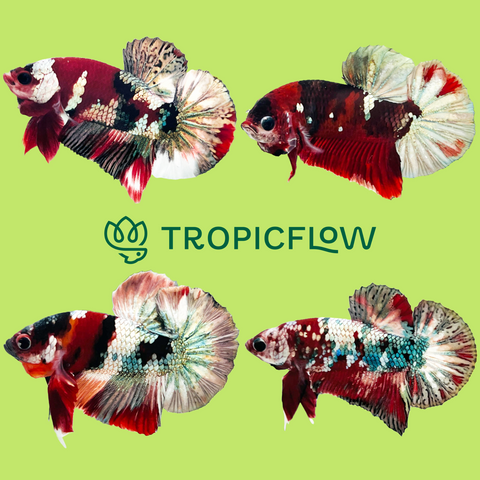
The first marble bettas with only black and white colors. Over time, more marble betta fishes were bred for their fighting prowess before breeders began focusing on diverse color patterns.
Eventually, Koi bettas were bred, with white bases complemented by red, black, and often yellow or orange patches, echoing koi carp's iconic colors. However, breeders continually try to create different forms of Koi betta fish.
The Difference Between Koi Betta Fish & Marble Betta

Marble betta fish is a captivating but unpredictable variant within the Betta splendens species. What makes them different is the presence of "jumping genes" or transposons in their genetic makeup. Marble bettas exhibit an interesting combination of colors, speckles, and swirls, making each fish unique and surprising.
Meanwhile, Koi betta fish is a variant of Marble Betta fish. What sets Koi Betta apart within the marble betta category is its distinctive and controlled coloration. While marble bettas are unpredictable in colors, Koi Bettas have a specific color pattern similar to carp koi.
Blue Marble Dot Betta: Care, Pictures & Lifespan
If you buy a Koi betta instead of a regular Marble betta, it would be more expensive. But why? It’s because the offspring is unpredictable regarding the colors. Therefore, breeding to have a special marble betta with Koi’s patterns is literally not easy to do!
This is the reason why many aquarium hobbyists desire to have a Koi betta in their home tank.
Koi Betta Fish appearance
Difference Between Male & Female Koi Betta
Like other Betta splendens, Male and female koi bettas have some differences. Here are the differences:
Appearance: While the males can be 3 inches long, female koi bettas can only grow a maximum of 2.5 inches. With shorter length and shorter fins, Female koi bettas have more streamlined appearances than males.
Coloration: Male koi bettas often have brighter and more colorful patterns than females. Male Koi bettas may have red, white, and black patterns resembling koi fish, while females have less intense colors.
Aggression: Being referred to as "Siamese fighting fish", male koi bettas are highly territorial and aggressive towards other males. Meanwhile, Female koi betta is much less hostile to other females.
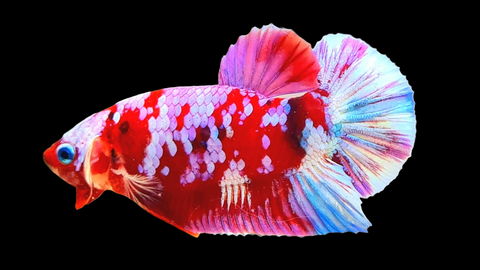
What is Koi Red Galaxy Betta? Everything You Need to Know!
Gender: To determine the gender of a koi betta accurately, you can check for the eggspot. Females have an eggspot located on their ovipositor, appearing as a white bump located past the head and between the two ventral fins. In younger females, however, eggspots may not have developed fully. Please keep in mind that!
Common Types of Koi Betta Fish
After many breeding efforts, breeders have introduced 3 main variants of Koi betta fish, including:
- Galaxy Koi Red betta: These koi bettas mainly have red and blue speckles with iridescent scaling, which make them look like a galaxy. Their fins are also larger and more flowing compared to plakat variants.

- Plakat koi betta: this variant typically displays the distinctive white base coloration with patches of red, and black, reminiscent of koi carp. Especially, they are more streamlined due to the plakat tail, which resembles the natural shape of the wild species more than their frilly-finned relatives!
- Tangerine koi Betta: this koi bathed in shades of orange, these Bettas are like living, swimming sunsets, adding warmth and light to any tank.
- Nemo koi betta: This koi, a hybrid between koi red and nemo, produces a multicolored betta fish.
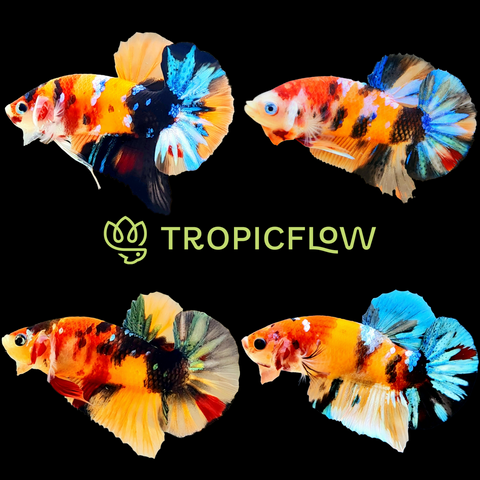
- Candy koi betta: this variant displays full scale with multicolor
- Traditional koi betta: Mirroring the classic Japanese Koi, Traditional Koi Bettas are a rare find, making them coveted treasures for collectors
- Dumbo Ear koi betta: Characterized by their large, flowing fins, Dumbo Ear Koi Bettas add elegance to any tank. These graceful swimmers require spacious habitats to flourish, showcasing the beauty of their finnage.

Ultimate care guide for Koi Bettas

Tank Set Up
Like other bettas, I suggest you have nano tanks for a single koi betta fish.
The minimum tank size for a single koi betta should be 5 gallons. However, I’d like to recommend a 10-gallon tank so that your pet will have extra space to swim. A 3-gallon space is okay, yet, it isn’t a good space for Koi bettas.
About the heat, since Koi betta is a tropical fish, you should maintain a stable water temperature between 78-82°F (25-28°C). A reliable heater and thermometer are essential for temperature control.
Regarding the the pH level, the water quality would be ideal if you maintain it around 6-8, and keep ammonia and nitrite levels at 0.
You can also improve the tank environment by providing hiding spots and resting places with live or silk plants, driftwood, caves, or betta hammocks. Koi bettas really enjoy exploring and may appreciate areas with low light or cover. Don’t forget that!
If you want to do lighting for the tank, LED bulbs would be suitable as it is subdued, which can mimic the natural habitats of Koi betta fishes. You should also use a timer to ensure a consistent light schedule to mimic day and night cycles.
Tank Mate of Koi Betta
Believe me, it is best to keep this hostile fish alone. However, if you wish to house them with other fish, it's advisable to choose peaceful, tropical species with subdued colors and short fins.
Avoid introducing fin-nipping or aggressive fish like many tetra species, as they may harass or injure the Koi Betta fish.
Some species that can be suitable to live with koi bettas include:
-
Corydoras Catfish: These bottom-dwelling catfish can be kept with Koi Bettas, as they are generally peaceful and won't bother the Betta.
-
Snails: Peaceful species like Nerite or Mystery snails can be good mates.
-
Shrimp: Cherry Shrimp or Amano Shrimp can coexist with Koi Bettas. Ensure that they are sizeable so as to not be mistaken for food.
-
Otocinclus Catfish: Otos are small, peaceful catfish that help with algae control. They are generally compatible with Bettas.
-
Dwarf Rasboras: this small species can work well with Koi Bettas since they are peaceful and not known for fin-nipping.
Please remember to consider whether the tank is spacy enough to pet all the species you want. As a general rule, you can accommodate one inch of fish per gallon of water in a tank.
Koi Betta Sorority
If you want a tank that mimics a miniature indoor koi carp pond, a betta sorority tank with the female is an excellent choice.
Some considerations for creating a Koi Betta sorority tank are:
Tank Size: Ensure the tank is spacious enough to minimize aggression. A 20-gallon tank would be ideal as each Koi Betta may need 3-5 gallons to swim comfortably while preventing unexpected fights.Group Size: Maintain the fish number from 4-6 females to disperse aggression. Less than 4 bettas may lead to the weakest being bullied by the others, while more than 6 females require a bigger tank.
Decoration: Caves and plants are crucial for them to shelter. Adequate hiding spots help Bettas establish territories. Hence, the aggression will be minimized
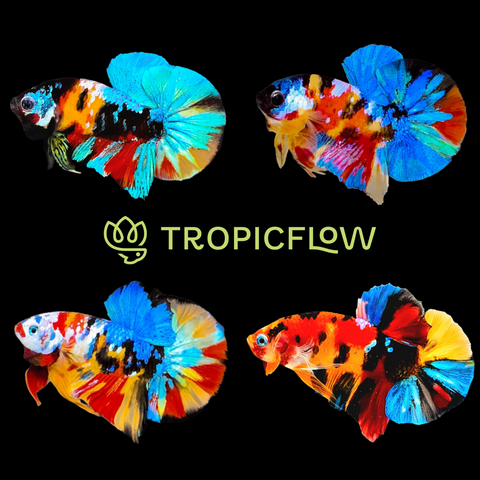
What Is The Diet of Koi Betta?
Koi bettas, like other betta fish, are omnivores and have a varied diet. To keep them healthy and vibrant, I suggest you feed them the following food:
Betta Pellets: These pellets provide essential nutrients and come in various sizes to accommodate the betta's mouth size.
Live or Frozen Foods: Koi bettas enjoy live or frozen foods like brine shrimp, bloodworms, daphnia, and mosquito larvae.
Common Diseases in Koi Betta Fish
Despite being hardy, Koi bettas are still susceptible to several common diseases.
The first common disease is Fin Rot. It is characterized by the deterioration of a betta's fins, which can appear frayed or discolored. It's often caused by poor water quality or bacterial infections.
To cure Fin Rot effectively, you should use antibiotics. However, it’s crucial to continuously maintain high water quality so that this bacterial infection can’t occur.
The second one is Ich. This is a common parasite that causes small white cysts or spots on the fish's skin, gills, and fins. Infected bettas may exhibit increased rubbing against objects or rapid gill movement.
Since Ich is an easy-injected disease, I suggest you immediately isolate the Infected Betta and dechlorinated water. Then, use anti-parasitic medication specifically designed to treat the injected Betta. This treatment will usually last from 10-14 days.
Breeding Koi Betta Fish
Breeding Koi Betta fish is a fascinating but challenging process that requires careful planning.
Choose a healthy male and female Koi Betta with vibrant colors and well-shaped fins. Bettas should be of similar age, ideally between 4 to 12 months old. This age range ensures the development of offspring with favorable genetics.
Prepare a tank with a divider to keep the male and female bettas separate. The water depth should not exceed five inches. Maintaining a shallow habitat helps the fry easily reach the surface later.
When ready, feed both Koi bettas high-quality foods to prepare them for breeding.
Place the female in a separate container and allow it to build a bubble nest. These bubbles are crucial for protecting and maintaining the eggs.
Introduce the female to the breeding tank when the bubbles are sizeable. The breeding process will take a few hours. While the female releases her eggs, the male will fertilize and place them in bubble nest.
You should separate them after spawning to minimize the violence between them. Remember to continuously monitor the male's care of the nest and eggs.
The fry will hatch from 24 - 48 hours and remain in the bubble nest initially. After a few days, the fry will become free-swimming. You should remove the male to avoid the fry being eaten by their dad.
Please feed the offspring with specialized fry food till they are developed enough to eat crushed flake food and hatched brine shrimp
Where can you buy Koi Betta Fish?
Since koi betta fish are challenging to breed, their prices are quite expensive, from $25-$50. Due to their rarity and specialized care requirements, they are less commonly found in pet stores.
However, if you really desire this variant, Tropicflow is always ready to serve you the most vivid koi bettas. Just a Koi Betta will add a touch of elegance to your aquarium. Don’t hesitate but explore our exquisite collection and bring home these stunning aquatic treasures today.
FAQ
What is the best food for Koi Betta Fish?

As Koi bettas is a tropical fish with a varied diet, it can eat different things. However, the best food for this fish includes: Bloodworms, betta pellets, brine shrimp, daphnia
Can I keep 2 koi female betta together?
Despite being hostile, female koi betta fishes are less intensive in violence. Therefore, it is okay to keep 2 female koi bettas together. However, you should have a tank sufficiently large ( from 6-10 gallons) with shelter to ensure the fishes have enough space to swim comfortably and minimize the violent case.
Do koi betta fish change their color?
Yes, Koi Betta fish can exhibit color changes over time. They may change color due to factors like genetics, age, mood, health, and environmental conditions. This ability to change color is one of the unique and fascinating features of betta fish.
No comments

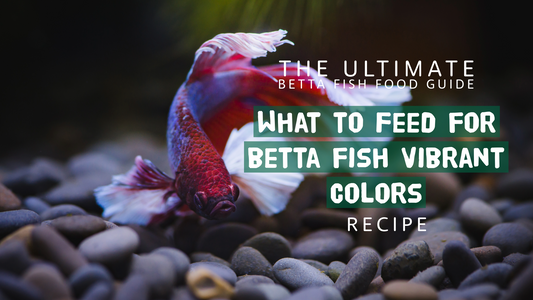
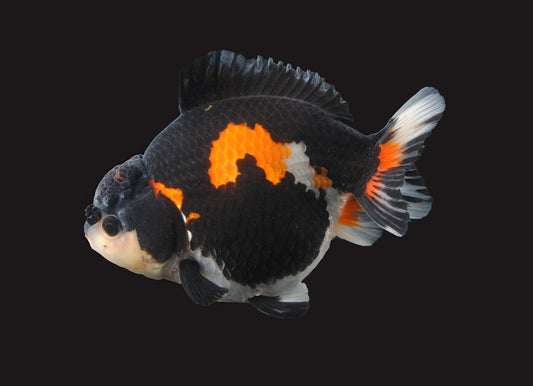
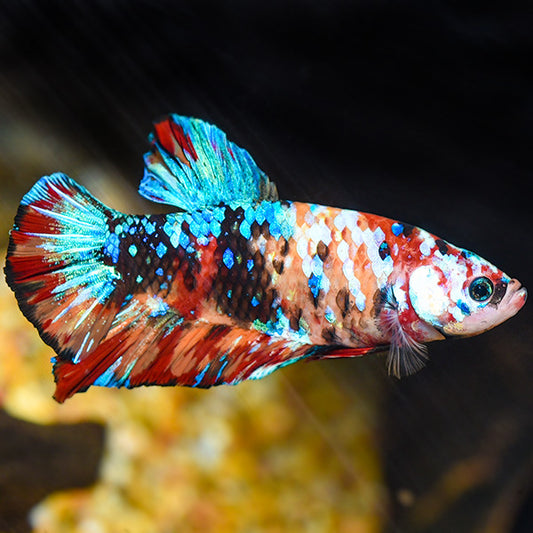
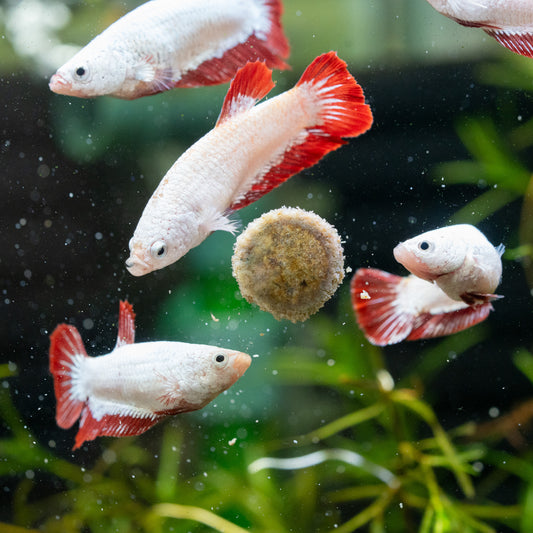
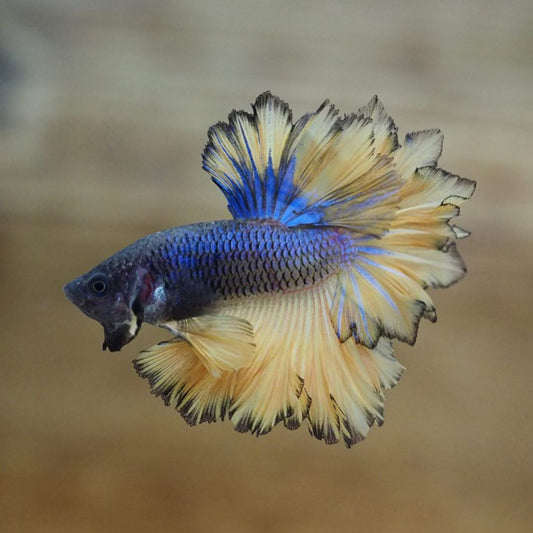
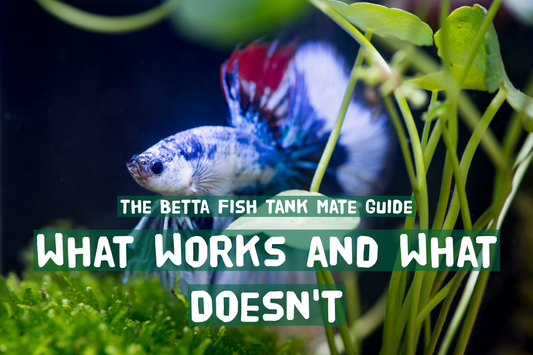
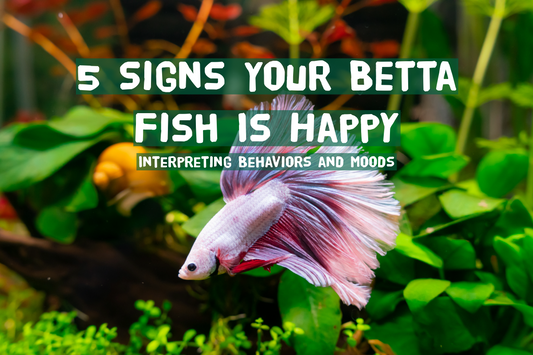
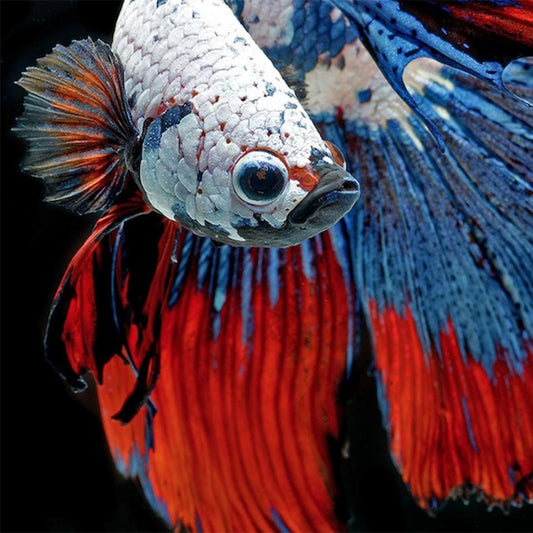
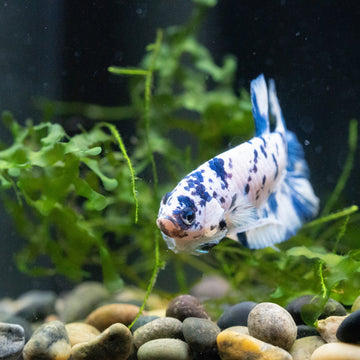
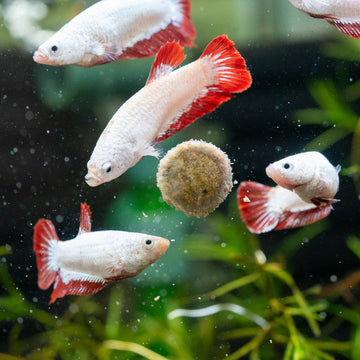
0 comments